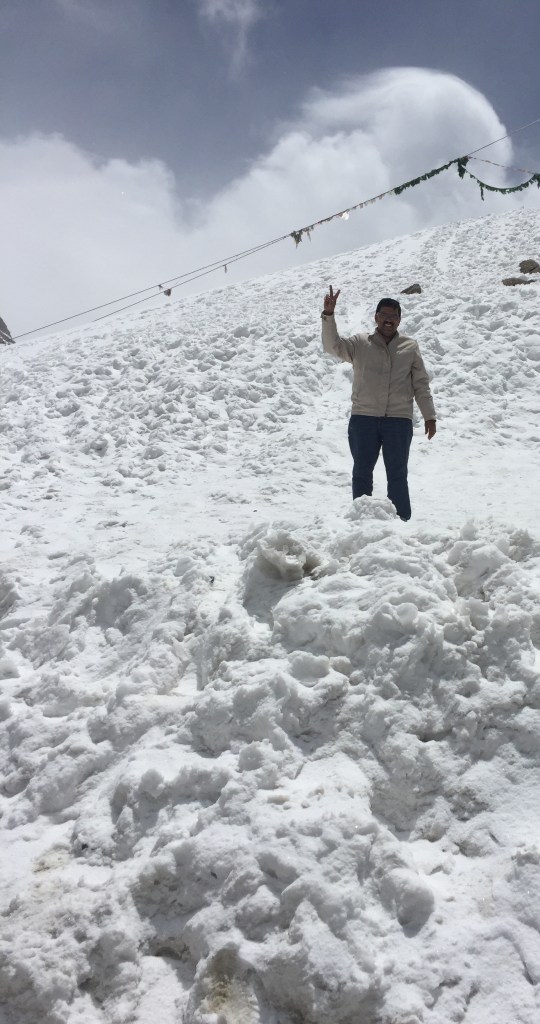People in my conservative town seldom see women drivers , except may be on two wheelers. If they see one, there is always a tendency by men on the road to bully them and pass bad comments on their driving.
The other day they had a huge surprise. They had their eyes jutting out of their sockets in astonishment as a lady drove into our town on a 14 wheel truck with a cargo weighing 30 tonnes ( around 66000 pounds).
She was Yogita Raghuvanshi, the first woman truck driver of India.










